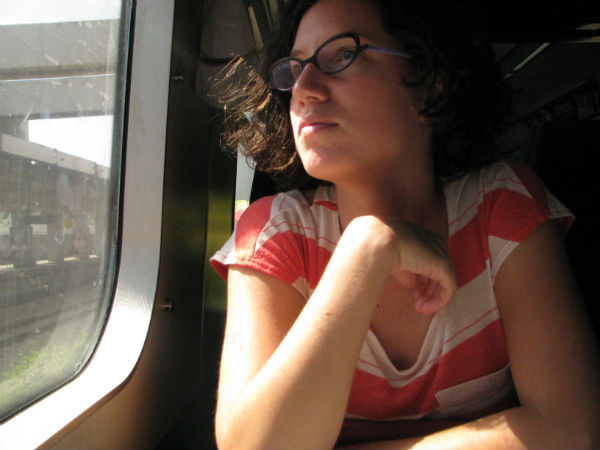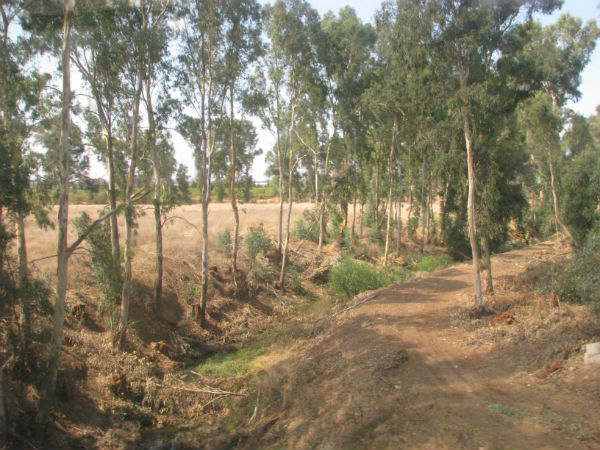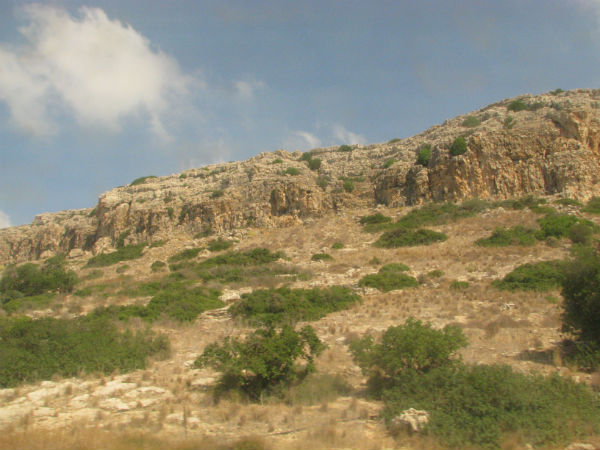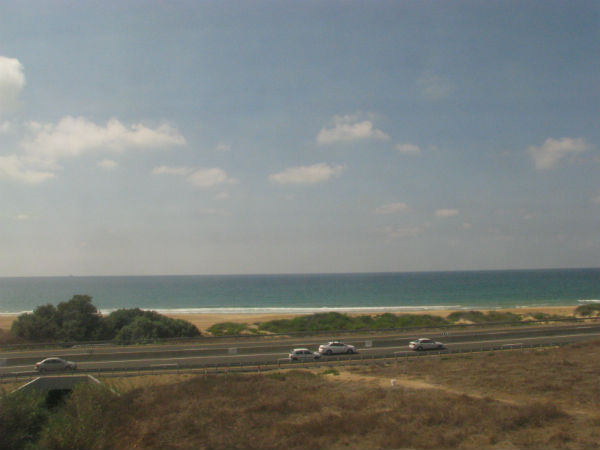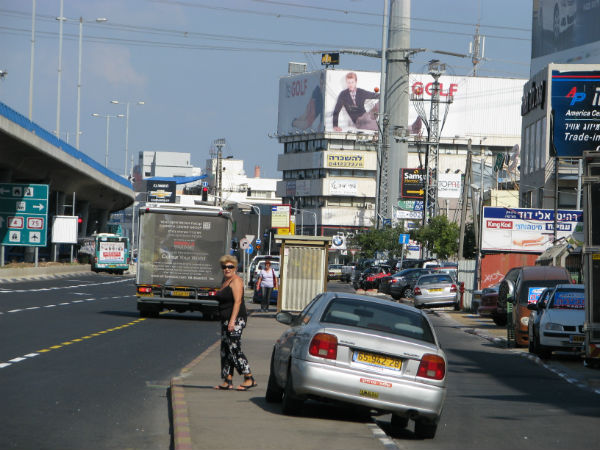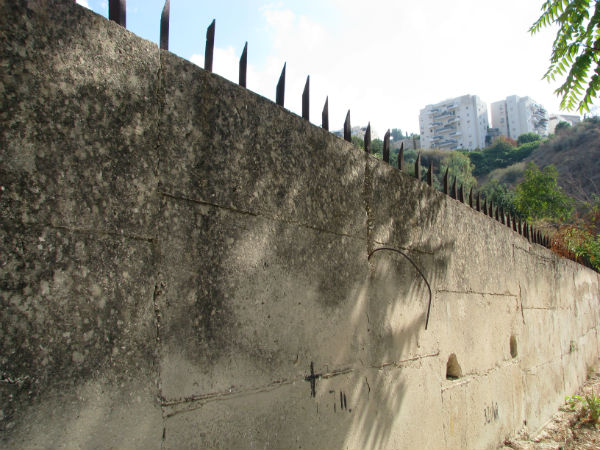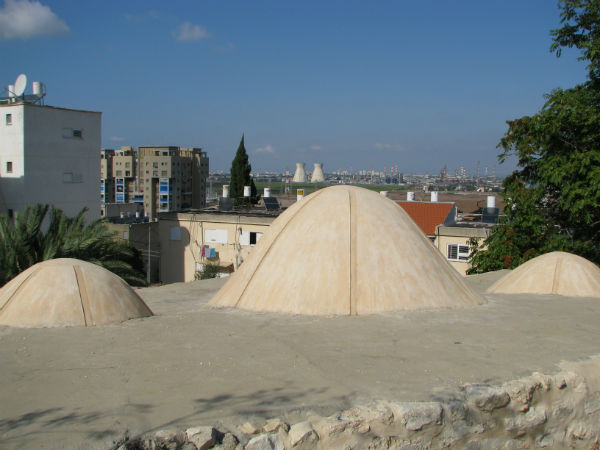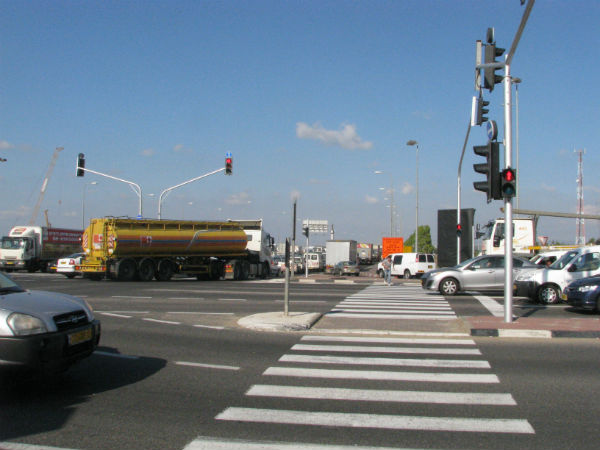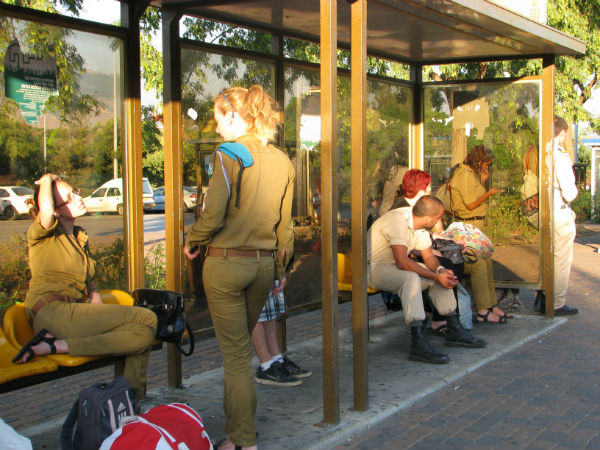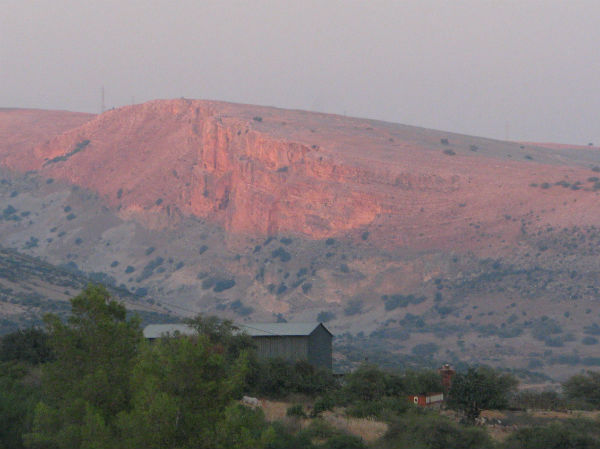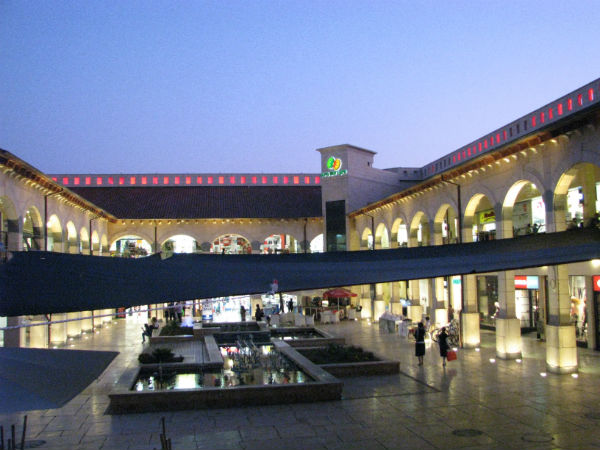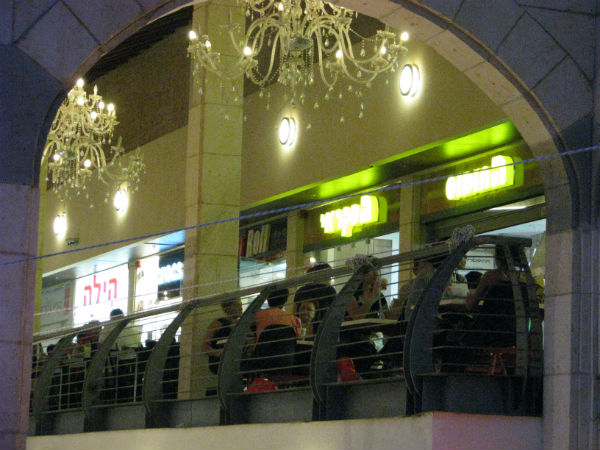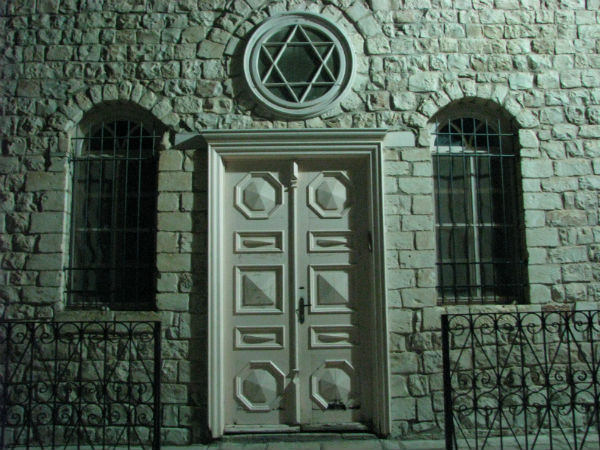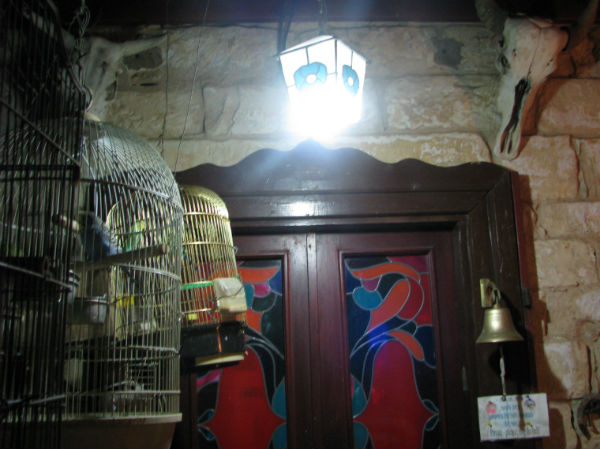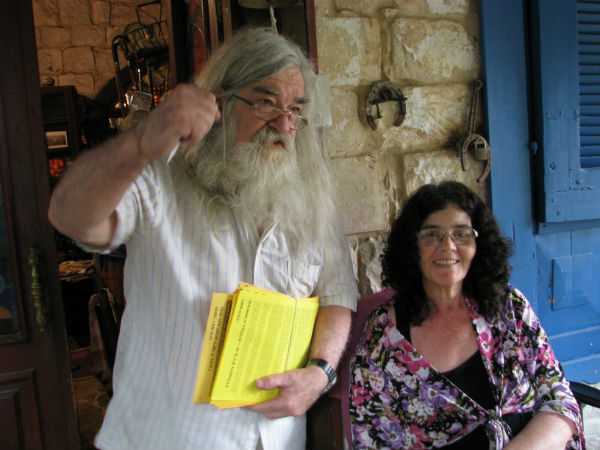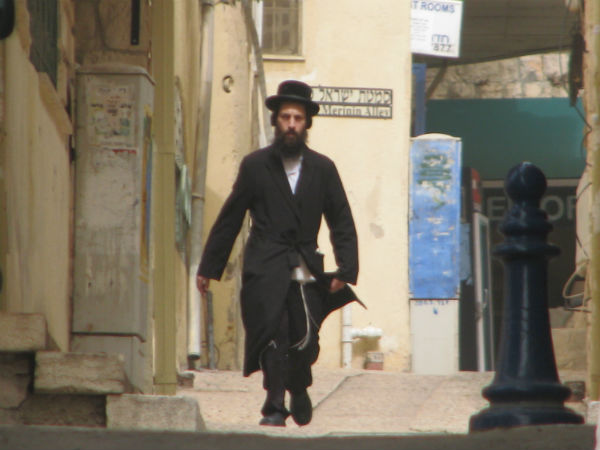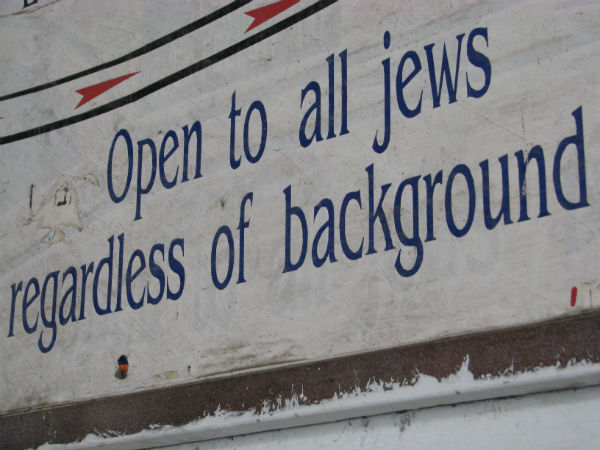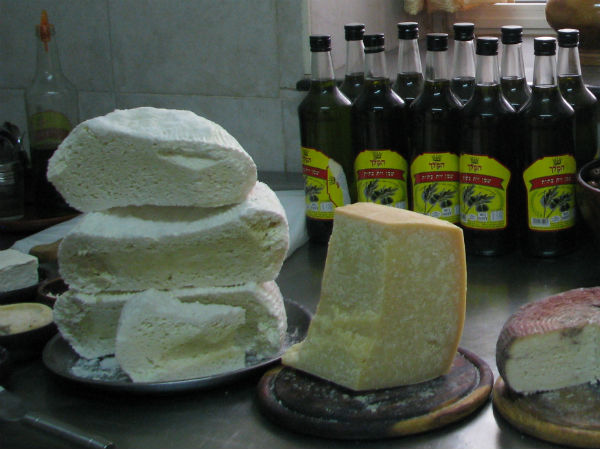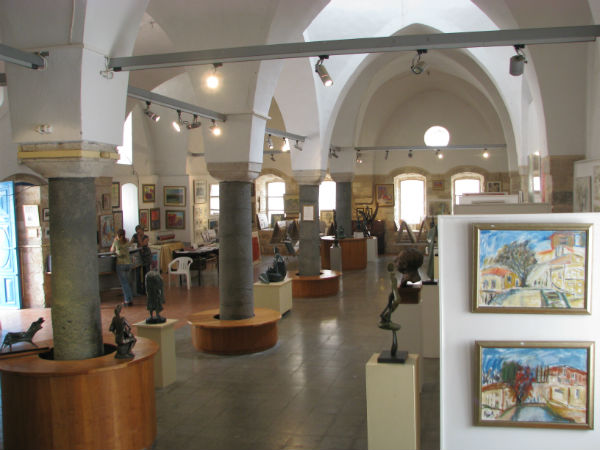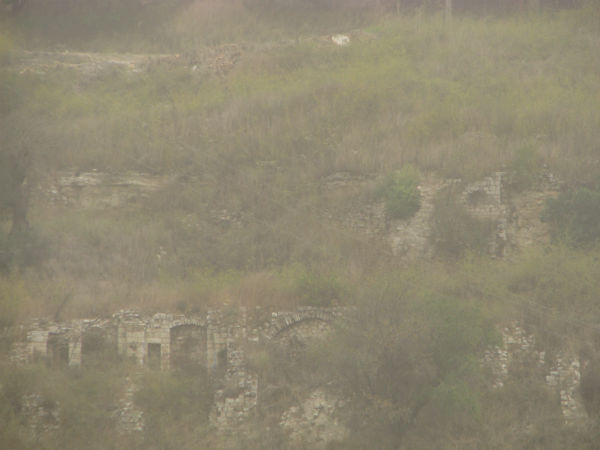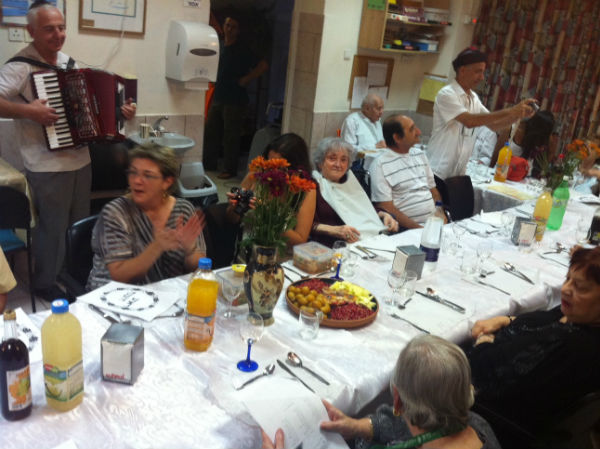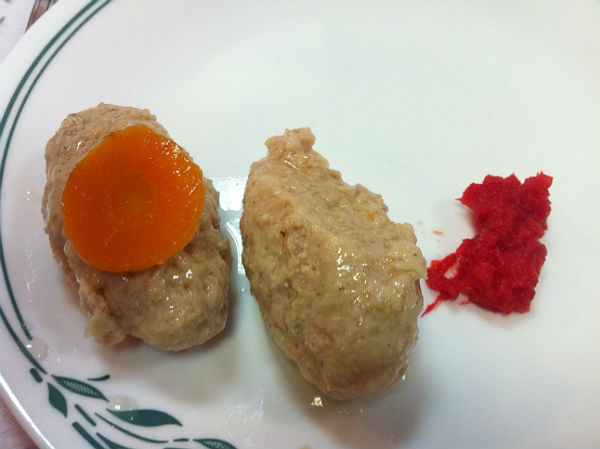Staying on the move in Israel and the Palestinian territories through a month of trial. And today: heading north, “for terror from the north will boil out on the people of this land.” (Jeremiah,1:14)
There’s a town in northern Israel \ with dreams, comfort, memory to spare \ and in my mind I still need a place to dwell \ all my changes were there.
Well, not all my changes, however much I would love for my paraphrasing of Neil Young to be seamless, but at least one change that effects me did occur in the town of Rosh Pina: everything that I describe here began there.
We are nearing the end, both the end of the month and the end of a road. This will be the next to last post (unless I decide to bore you all with an introspective epilogue). The Jewish year is to end tomorrow night as well, which makes this a fine point to look a bit at our beginnings. It is in Rosh Pina that the previous status quo, the one that lasted for three centuries under Turkish rule, was first disrupted, setting the ground for the stubborn status quo existing today.
Ruthie and I decide to go for an overnight there and board a northbound train. Outside Tel-Aviv we pass through gum-tree groves, the gift of early Zionists who employed the thirst of the eucalyptus in drying swamps.
Then the foothills of the lovely Carmel range,
then we roll by the seafront itself.
We get off at the “Check Post,” still known by these English words. Before 1948, British soldiers surveyed this intersection, controlling the roads leading from Beirut to Jerusalem. It was during those times that industry began to develop around the young port of Haifa. Today the area north of the original Check Post intersection is an industrial inferno.
Ugly it is, but this area offers great shawarma, and provides our trip with another interesting beginning. In the Jewish town of Nesher, which developed from the dormitories of a massive cement plant, lies a Muslim cemetery created by the authorities in 1934, when Haifa’s cemetery became overcrowded. One year later Izz ad-Din al Qassam, father of the armed Islamic struggle against Zionism and namesake of the Hamas’s armed brigades, died. He was buried here, and his grave site is often desecrated by right wing Israelis.
Overheated and a bit choked by the area’s bad air quality, Ruthie stays to wait on a bench, while I climb the serious wall surrounding the cemetery.
I think I located the grave. It’s imposing. Fortress-like. From its rooftop I manage to catch everything this September is about within a single frame. The cooling towers on the left belong to the Haifa’s refineries. Once public, they were sold for pennies to the Ofer Brothers, as part of the wave of privatizations that stirred in part the tent protests. Right beneath them is a remnant of Israeli public housing, a thing of the past, which millions are now trying to turn into a thing of the future.
The domes should symbolize the Palestinian issue but I can’t find any inscription to assure me that this is indeed Al-Qassam’s tomb. An internet search teaches me that I was mistaken. The grave belongs to Sheikh Abdallah Al-Sahli, A Sufi sage, buried here nearly 400 years earlier. Like most Israelis, I see Arab violence even at a shrine of Arab pacifism.
If anything, Al-Sahli’s tomb fits this month much better that its younger neighbor. The issue these days is not that of violent Palestinian resistance. September is about Palestinian leadership, and I am on top of an old leader’s resting place. The picture is indeed complete. We may move on.
That’s easier said than done, it seems. Traffic is insane outside Nesher, and no bus is going in our direction.
We catch a lift with Sharon, who grew up in this part of the country, moved to Tel-Aviv and then moved back to the less than romantic industrial town of Qiryat Motzkin. “I enjoyed visiting here so much much when I lived in the city,” she says, “I missed it and so I decided to come back. At first it was fine, but then you start saying to yourself, so, is that it? This is what life is going to stay like?”
I can’t help but think of her story as a miniature of the the entire Zionist odyssey. Our forefathers longed for Zion so they came to live in and around it. At first the experience was uplifting, but then cracks appeared and now we can’t help but ask ourselves: is this what life is going to stay like?
The next lift we get is from Samya, a Palestinian-Israeli who works at a chicken slaughterhouse in Nazareth. Only 25, Samya has a dramatic life story to share. At 20 she married a man who turned out to be a violent alcoholic. Muslim society, to which she belongs, frowns at divorce, but Samya received enough support from her parents to quit the marriage and return to her village of Raina.
Again, I spy an allegory, this time to the present Palestinian condition. Trapped within an abusive household, the Palestinians want out. Will the international community support? Tradition – in this case the old Israel-US bond – provides obstacles, but every outstretched hand counts, and who knows what awaits at the end of the long road.
Meanwhile, our own long road keeps getting longer. We bid Samya farewell near the town of Carmiel, and then get stuck at its central bus depot for over an hour. Hitching in the country is so much more efficient than relying on public transportation. The whole of this land, including occupied territories, is roughly the size of New Jersey, but bad planning can make a Canada out of Corsica.
While waiting, we get to enjoy comparing a variety of uniforms. Members of the armed forces used to hitchhike their way around, but this has become forbidden following multiple hijackings. Now they take public transportation for free. If a war erupts, many of them will be found here, waiting for the 361 at Carmiel.
At least the land offers a snack. Across from bus stops, carob trees grow and their fruit is just in season.
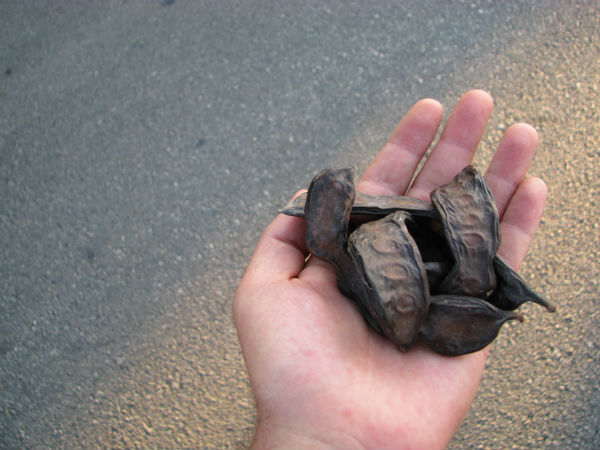
The bus finally arrives and we get a lovely twilight ride through the very heart of the Galilee. Here the last rays of sun are caressing a majestic cliff over Wadi Amud.
Then, right after dark, we arrive where it all began: Rosh Pina.
In the year 1875 a group of Jews left the city of Safed, which is perched atop a mountain, facing west, and ventured to start an agricultural community on the east-facing slope of the same mountain. This was an unprecedented act, and indeed it proved a folly. Despite help from local Arab peasants, the adventurers soon let go of their shovels due to disease and poverty and returned to town. Seven years later, the abandoned stone houses they left behind were taken over by Zionists arriving from Romania.
My paternal grandmother arrived from the same country a half a century later, into a land already rife with inter-ethnic tensions. We appear on the scene eighty years further down the road, and find a shopping mall.
It’s not just any shopping mall. You can get your “Biblical Hummus” here!
Say what you will of the Israelis’ relationship with Palestinian cuisine, food historians believe that while chickpeas have been known around the region for millennia, the paste familiar today was introduced in the Levant region during the Middle Ages. A real biblical hummus would be a cooked stew of some sort, while the hummus served at “Biblical Hummus” is an Arab dish par excellence. when we walk upstream to find our true beginnings, we often find the river to be shorter than we imagined.
Ruthie and I advance uphill, towards the quainter old town, in hopes that there’s something left of it. There is. Old stone houses clutter around an elegant public garden. The old synagogue, 136 years of age, is here too,
but the youth hostel turns out to have closed years ago and we have nowhere to stay for our budget.
We decide to chance it and approach one of the bed and breakfast establishments that draw thousands of suburbanites to this region over weekends and holidays. This one seems to be a particularly offbeat establishments, judging by the many bird cages leading to its door.
A man with a huge gray beard and long gray hair opens for us. His name is Amichai Yisraeli, he and his wife, Tehila, arrived here four decades ago from Tel-Aviv, bought an old farmhouse dating back to 1882 and made it into a peculiar dream. The courtyard leads to several reading rooms decorated with old lanterns and other ghost-town relics, behind are a magic garden and a swimming pool which remains open through the night. The whole place is full of animals, from bunnies, parrots and turtles to ponies and goats and at least one llama. We count 25 species during our stay.
In our comfortable room, I find a copy of a newspaper piece describing the place. It is the work of no other but esteemed Israeli singer songwriter Ehud Banai, who helped renovate “Villa Tehila” as a young man. “I return there every so often and perform time travel,” Banai wrote, “meeting up with myself as I stood on a ladder, with bucket and gloves, listening to the radio, carefully filling up the cracks between the stones with white mortar, my entire, hazy future still ahead of me.”
As a new day begins, we find Amichai on the patio, reading the paper. He is distraught with changes in his town. Avihud Raski, the current mayor, saw the development of the Biblical hummus mall. Now, according to Amichai, he is planning to whip up an amusement park at the foot of the hill, “with a synthetic skiing facility!” he adds. “I just hope that when Raski gets his Disneyland down there, I’ll already be lying in my grave.”
We wish him a long life, but it seems that the tug of war with Raski may have already cost both Amichai and Tehila a few years. The two claim to have invested 300,000 sheqels in trying to save the old youth hostel structure adjacent to their guest house, which served as a school in the 19th century. “It’s was the first Hebrew school in this country” Amichai says, “It’s a public building, and they want to turn it into a hotel.”
The same word, “Hebrew,” appears on a van that crosses our path as we head into the new day.
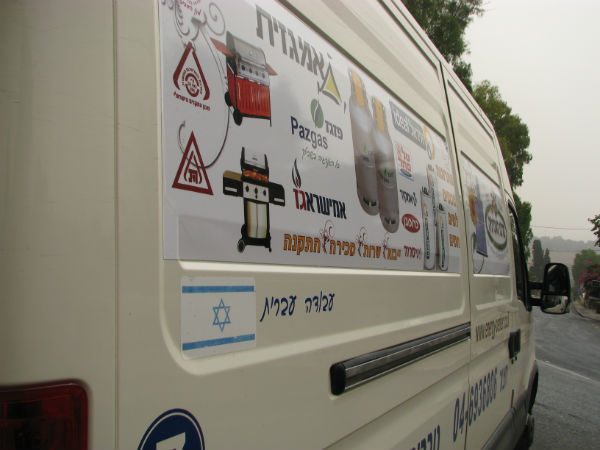
The words “Hebrew Labor” assure that the company owning the van employs no Arabs. What has become of our beginnings? Such hope and such love went into the founding of that Hebrew school. Such disdain and blind racism travel through Rosh Pina aboard the “Hebrew labor” van. Such beauty the young Ehud Banai experienced here, washing himself in a stream after a hard day’s work, such ugliness will greet him now should he come again to visit.
We decide to get out of here and catch a bus over to Safed, which is an even more complicated place to take the soul for an outing. A primarily Palestinian community before 1948, it is now entirely Arab-free. The old Muslim quarter was first turned into an artist colony, but in the mid ’80s a wave of ultra-Orthodox newcomers shifted the city’s cultural balance, the coexistance that existed previously between the religious and secular in the city expired and the artists left.
Safed, home to the great 16th century mystic Rabbi Isaac Lurie (a contemporary of mystic Abdallah Al-Sahli, on the dome of whose tomb I stood yesterday) remains an important city in Kabbalah culture, and some unique magic can be felt on its narrow streets, but that hardly makes up for its dark secret and for the loss of the diversity that even I got to experience here as a child. It is a city full of signs that betray a misunderstanding of diversity as a value.
The family of Chaim Kadosh, maker of fine cheeses, has been in Safed for seven generations, after immigrating from Morocco in the 18th century. We stop by for a taste of the art he learned from his ancestors. Safed cheese is a staple of Israel’s pre-Zionist Jewish communities. It’s too mild for my taste, but Kadosh also makes several great goat cheeses.
Chaim does not wear a kippa and seems unhappy when he points that the city is turning Orthodox. This, however, is the less dramatic transition the city has known over the past century. “There were many more Arabs then Jews here.” He says, “Many many more.”
“Do you know where they are now?” I ask, “where their children are?”
“They are in Lebanon, in Syria… when they left people came to my father and said: Look! they left huge houses behind them, let’s all move in. He said: what are you talking about. They’re coming back.”
They haven’t come back, and the main mosque has been turned into an art gallery.
I’ve been to such a place before – the synagogue at Lesko, in southeastern Poland, is now an art gallery too. There, a special sign commemorates the Jewish community that was murdered by the Nazis. Here in Safed there’s a sign too, but it justifies the desecration of the mosque by claiming that sermons carried here led to violent activities against Safed’s Jews. Chaim described relationships between the communities as having been generally wonderful.
Whom to believe? How can we touch on our beginnings when they are lost in thicker fog than the one obscuring gigantic mount Meron from sight? Through it, we manage to see the remains of houses that used to stick out from the hillside. 1948 was definitely an important beginning, both for us and for the Palestinians, but it is still too much of a taboo. We do not know where we came from, who could blame us for not knowing where we’re headed?
Perhaps a solution would be to give up on old beginnings and make a fresh start of it. Back in Tel-Aviv, we’re celebrating the new year at the assisted living home where Ruthie’s grandmother recently came to live. Each resident’s family gets to make wishes for the new year. Everyone wishes for peace, but more explicit hope for change is also voiced. At one point the entire table erupts with the tent protests’ emblematic chant: “The people! demand! social justice!”
No way not to love that, and though it’s easy not to love gefilte fish, I happen to adore it far more than I do apples and honey. This image of a the world’s most unattractive but wonderful dish is my new year’s gift to all of you.
Shana Tova to everyone, regardless of when you celebrate the new year, and may all your beginnings lead to wonderful continuations.
Click here for more of the September journey
Thanks for reading and taking part in the adventure. If any of you would like to pitch in for my travel and food, please do so using the “donate” button at the top of this page. Please be sure and specify that you are contributing to Yuval’s September Journey. I’m deeply grateful to those who already donated. Thank you so much! This trip would have been impossible if not for you.


